Students from different campuses interact in formal classes with Virtual Reality.
Photo: Tecnológico de Monterrey
For the first time in Latin America and probably the world, and as part of the innovations of the Educational Model Tec21, Tecnológico de Monterrey has used multi-campus Collaborative Virtual Reality (CVR) in a formal credit class.
The course in question is “Negotiation Techniques and International Marketing”, in which students from campuses in Guadalajara, Querétaro and Monterrey apply negotiation techniques through virtual reality, providing a fully immersive experience and pedagogically-grounded activities.
Throughout this year, Tec de Monterrey has incorporated virtual reality resources into its courses, but this is the first implementation that has brought together a teacher and students, all of whom were located in different geographical spaces, so they could interact, make decisions and collaborate in real-application situations. This maximizes the teaching-learning process, transforming it into an educational-technological experience that overcomes distance.
Tecnológico de Monterrey
David Garza Salazar, rector of Tecnológico de Monterrey, highlighted: “We incorporated advanced technologies in order to add value to our students’ learning experience. The Collaborative Virtual Reality Model makes it possible to interact in virtual settings, thus exposing students to situations and contexts that would not otherwise be available.”
“Consistent with our commitment to offer more innovative curricula that will transform teaching processes into spaces for interaction, collaboration and meaningful learning, we hope that this and other cutting-edge technologies will be replicated at each an every one of our campuses,” emphasized Beatriz Palacios, director of Educational Innovation at the Tec.
This project forms part of a series of educational transformation, including a class project using 2D projection with a hologram effect and technologies such as 3D printing and artificial intelligence, among others. Virtual Reality is also used in other projects, such as displaying the parts of the body for Medical students.
Teaching classes using Collaborative Virtual Reality permits interaction among students, as well as resource manipulation within the virtual world, thus enriching learning by offering the opportunity to generate new ideas and create more proposals.
This article from Observatory of the Institute for the Future of Education may be shared under the terms of the license CC BY-NC-SA 4.0 
)
)
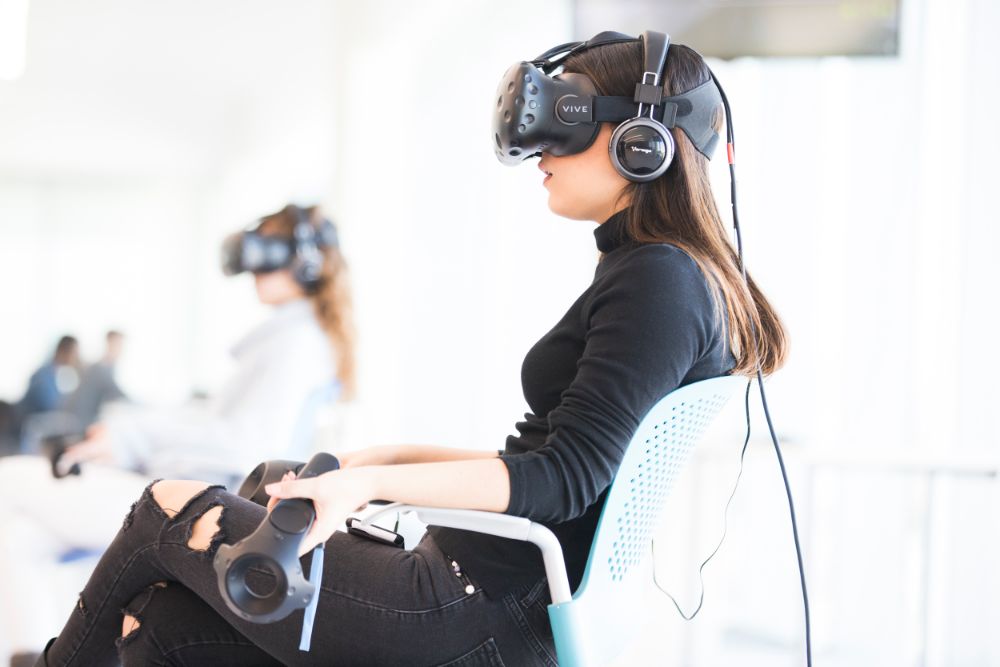

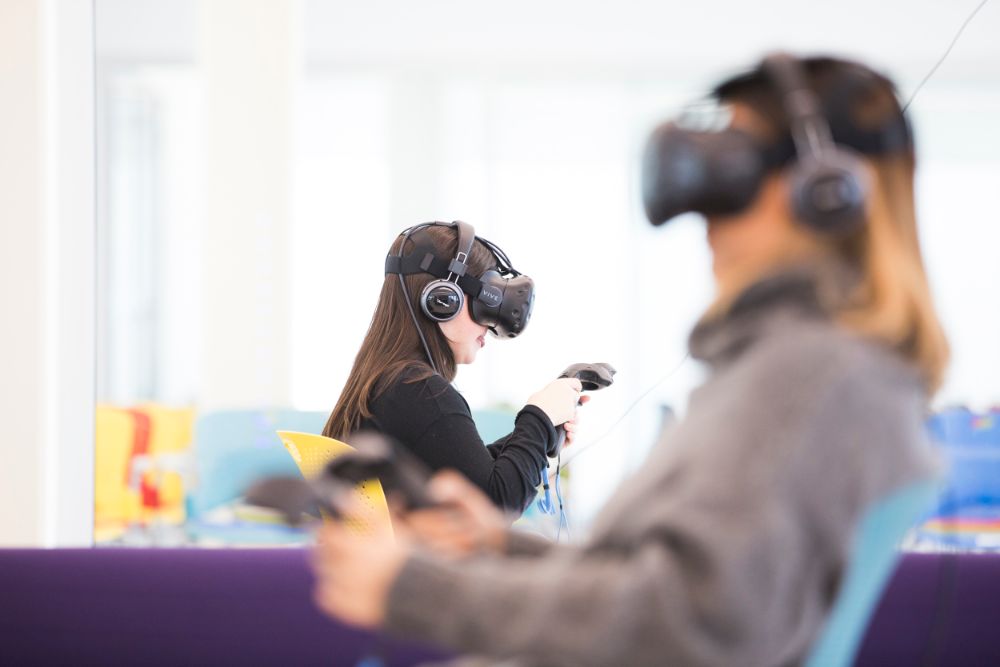
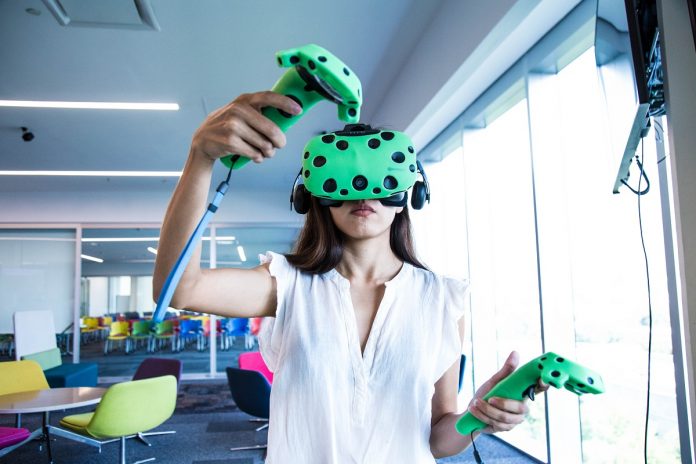

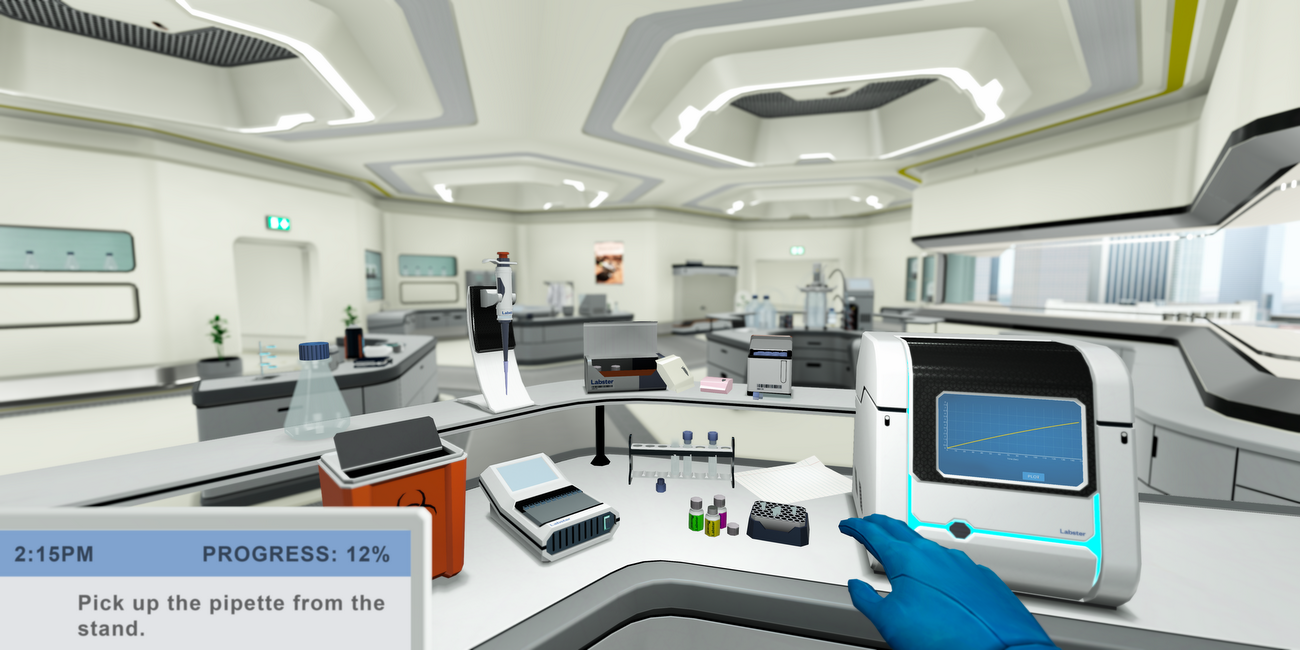
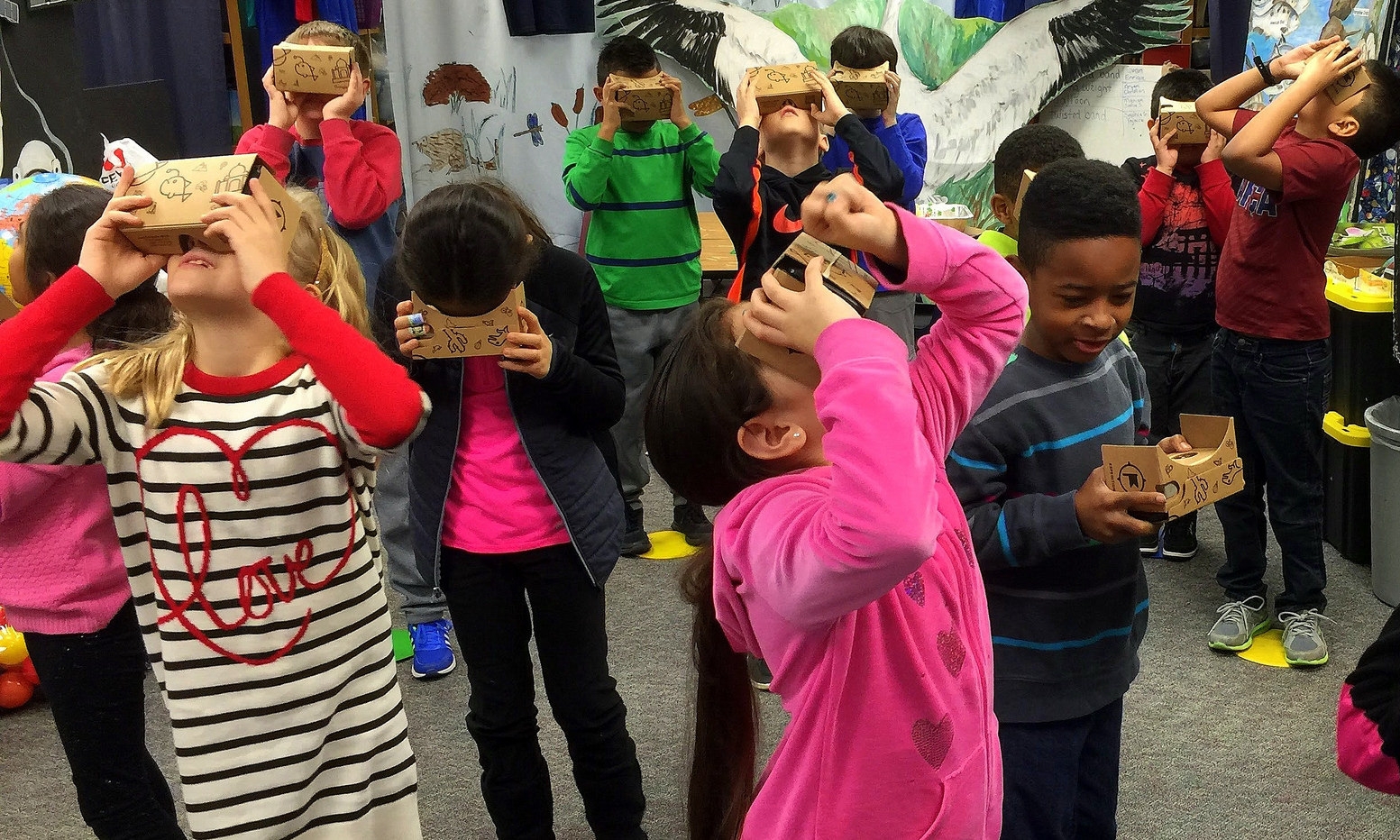
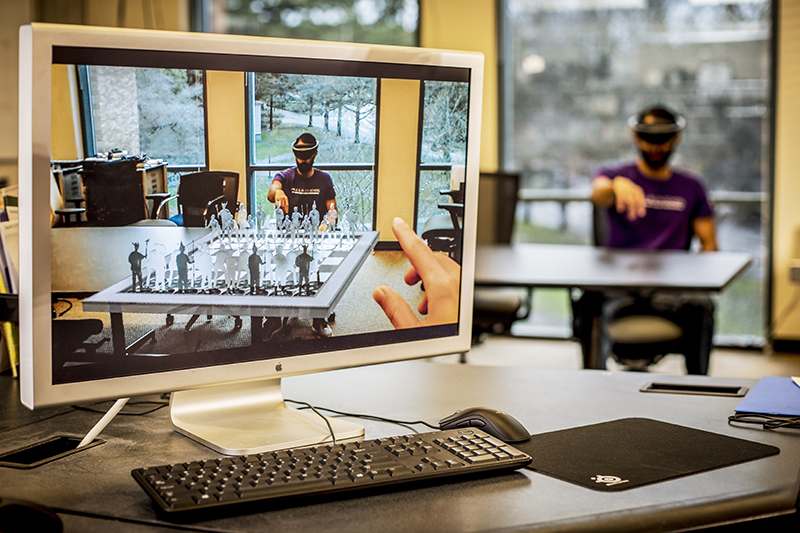
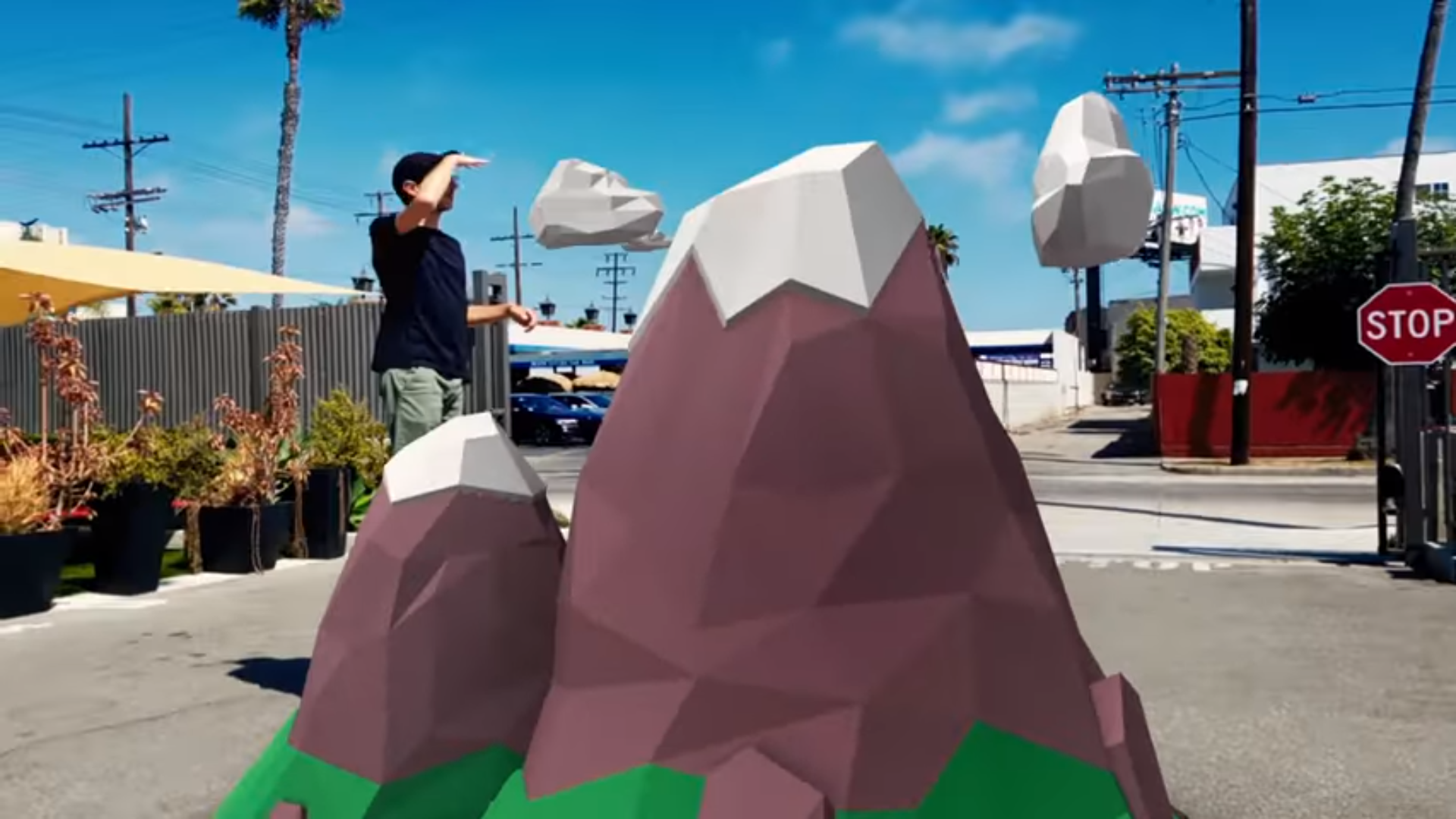
)
Sofía García-Bullé
Sofía García-Bullé
Sofía García-Bullé